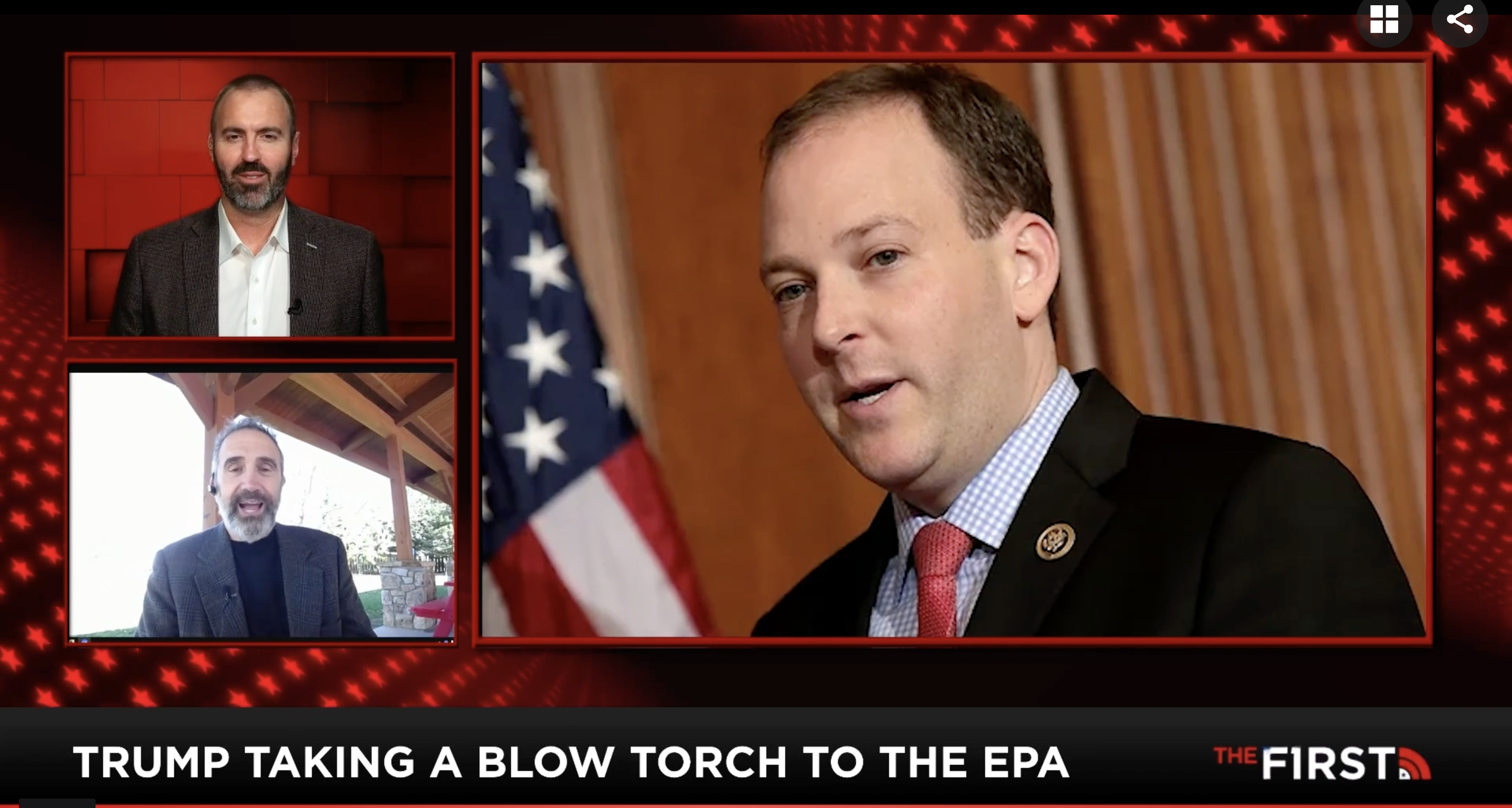https://www.studyfinds.org/weather-impact-covid-19-spread/
A lot of the blame for COVID-19’s “second wave” has been pointed at people not following safety guidelines put out by health experts and government officials. A new report however, says don’t blame people, blame the weather. Researchers from the University of Nicosia in Cyprus find hot weather and wind have a bigger impact on virus transmission rates than social distancing during a pandemic.
Their study concludes that two outbreaks in one year is a natural phenomenon during a massive outbreak. Temperature, humidity, and wind can help predict when a second wave will peak, which the researchers call “inevitable.”
Though face masks, travel restrictions, and social distancing guidelines may help slow the number of new infections in the short term, study authors say the lack of climate data included in epidemiological models has left a glaring hole in the plans to defend against COVID.
Looking at Paris, New York City, and Rio de Janeiro, scientists discovered they could accurately predict the timing of the second outbreak in each city. Their research suggests two outbreaks per year is a natural weather-dependent phenomenon during any pandemic.
Typical models for predicting the behavior of an epidemic contain only two basic parameters, transmission and recovery rates. Professors Talib Dbouk and Dimitris Drikakis say these rates tend to be treated as constants, but that this is not actually the case.
Since temperature, relative humidity, and wind speed all play a significant role, the researchers aimed to modify typical models to account for these climate conditions. They call their new weather-dependent variable the Airborne Infection Rate (AIR) index.




